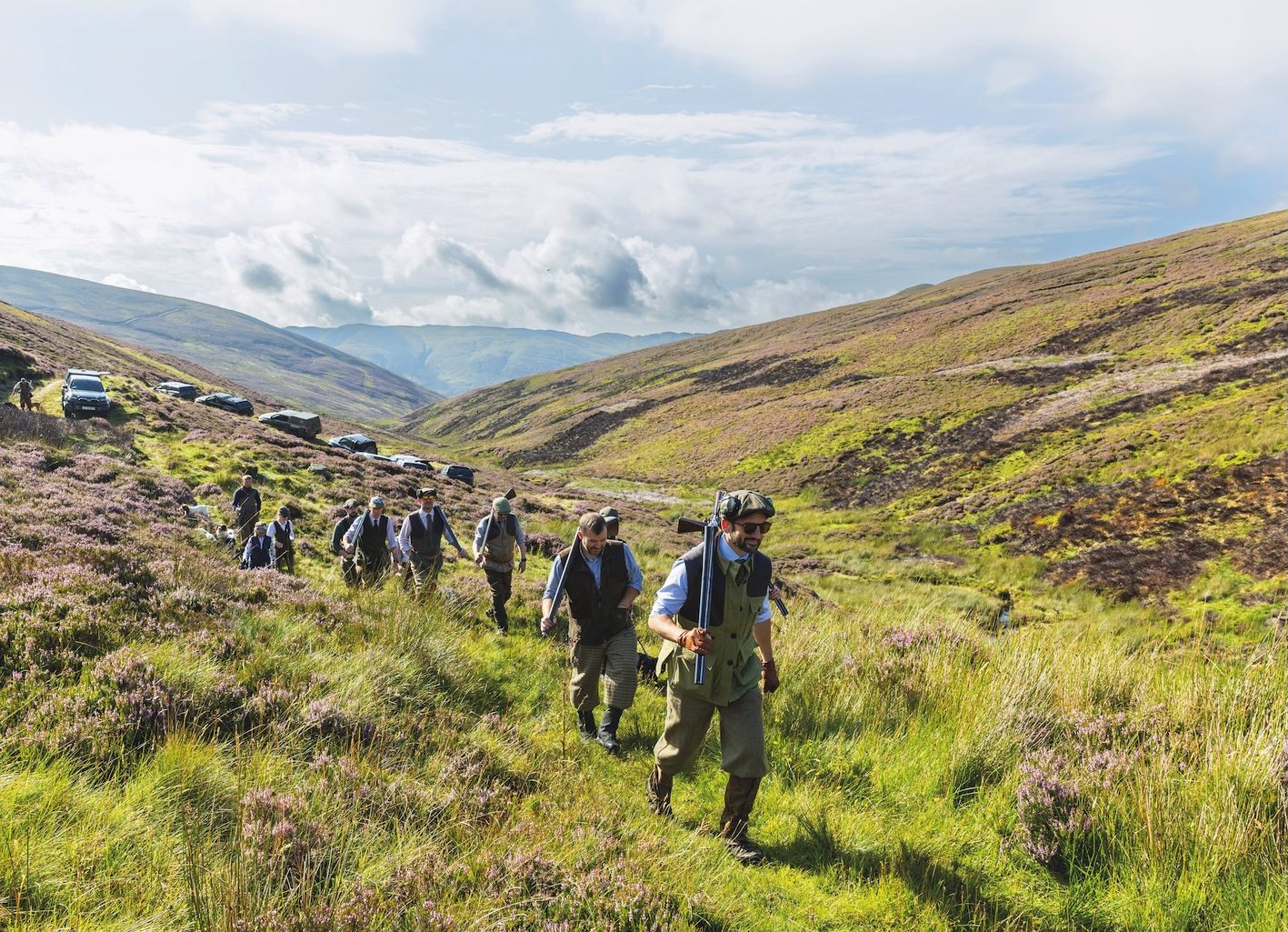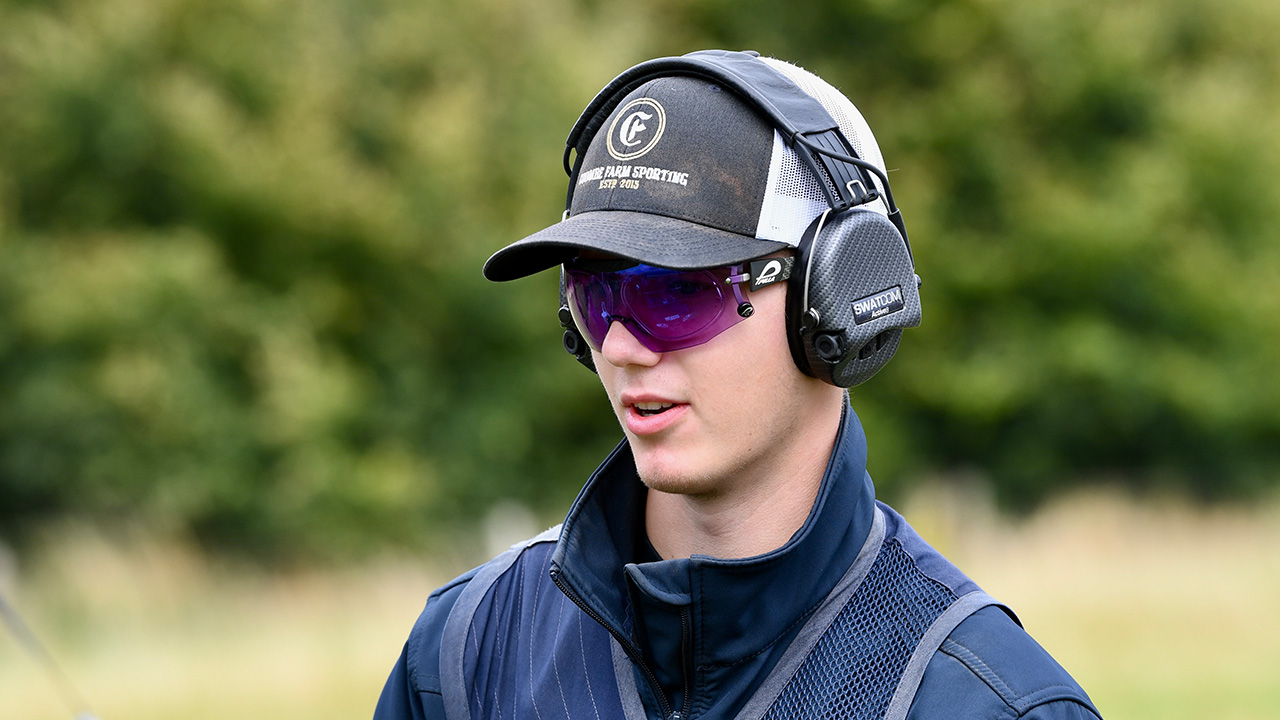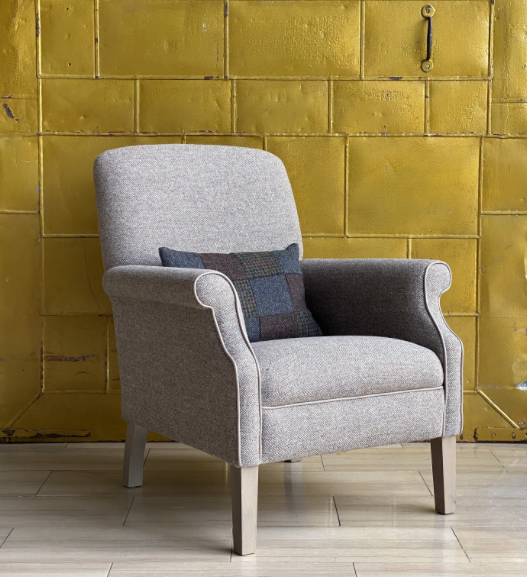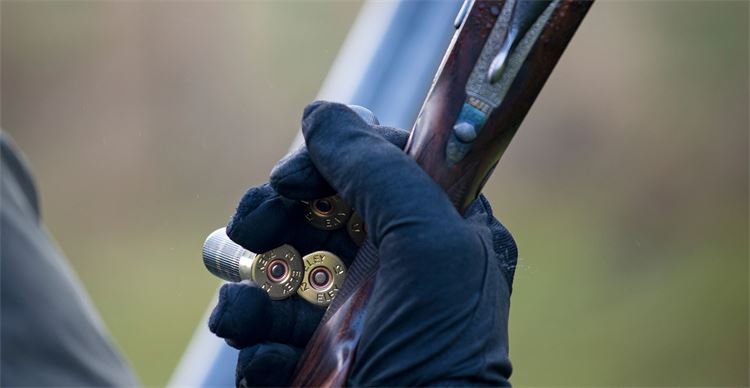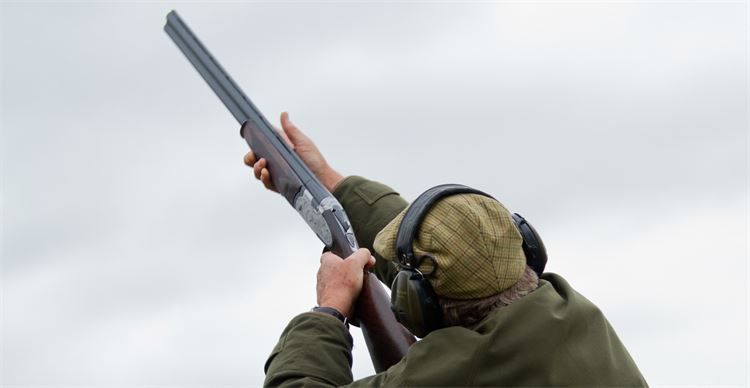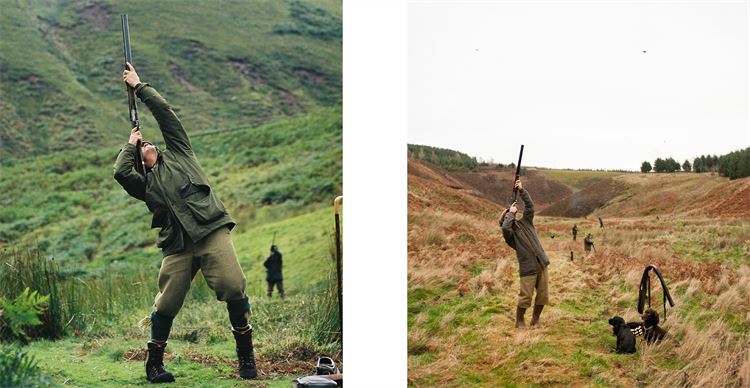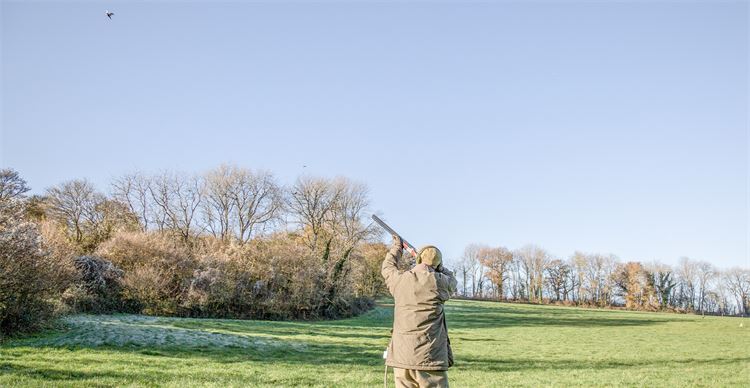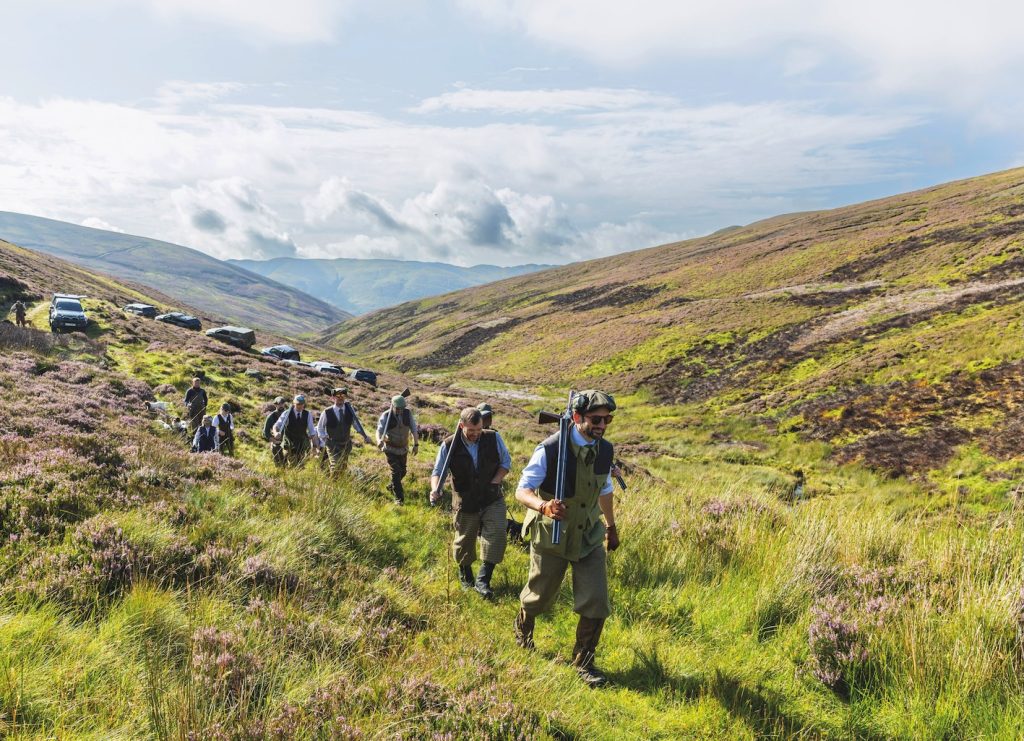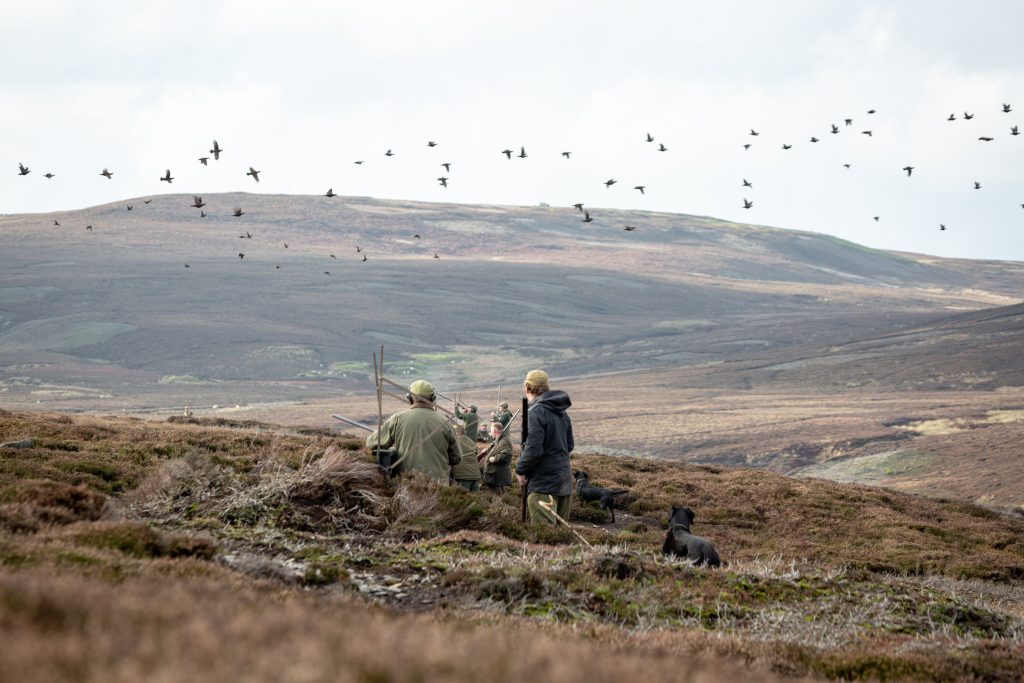Twenty top tips for pheasant shooting
Master driven pheasants with these 20 top tips from Simon Ward.

1. Gun, choke and load
Either a side-by-side or over-under in 12, 16 or 20 bore is preferable, although I have seen some experienced Shots put a 28 bore to very good use. I would recommend 28–32″ barrels choked ½ to ¾, depending on the type of shooting you will be doing and your build. In terms of cartridges, for average to high driven pheasants (but not extreme), I would recommend the following loads of either no. 5s or 4s:
28 bore: 25-28g
20 bore: 25-30g
16 bore: 28-30g
12 bore: 28-32g
2. Safety first
Safety should always be your primary concern, so make sure you listen carefully to your host’s safety briefing and know where the flankers and beaters are at all times.
3. Respect the rules
All shoots are different, so make sure you know what the drill is in terms of ground game, corvids and pigeons. Will there be a horn to start the drive, or will you be live when you get to your peg? Are you numbering from right to left, or left to right? Are you moving up two or three? Are you expected to pick up your empty cartridges after each drive, or simply put them into a neat pile? Find out these details before the start of the first drive.
4. Get into the swing of things
When you get to your peg, use your fieldcraft to ascertain where the birds are likely to come from and what direction they will be heading in. Is there a crosswind? How high will they be? Then decide where your kill window will be, have a few practise swings, and visualise yourself taking a few different shots. This will help you to get into the right frame-of-mind and eliminate a few uncertainties.
5. Line is as important as height and speed
When a bird gets up and heads your way, look carefully at it to judge not just its height and speed, but also its line, before moving your feet into the correct position and mounting the gun.
6. Focus on the head
One eye should be focused on the pheasant’s head and beak, and the other eye should be focused on the space in front of the bird, where it is heading. This will greatly improve your chances of a clean kill.
7. Move your feet first
Think about where you intend to kill the bird before moving your feet accordingly. And this should be done before mounting your gun. Once you have moved your feet, you also need to make sure that you have readjusted your balance onto the back foot before addressing the bird. This all needs to be completed before the bird reaches your kill window as you never want to rush a shot. If you fail to move your feet before you mount the gun, you may end up in a very uncomfortable and unnatural stance.
8. Nose over toes
For average to medium range pheasants (less than 40 yards), shoot with slightly more weight on your front foot (60 per cent) than on the back foot. This is a slightly more aggressive stance and helps to keep your cheek down on the stock whilst taking a bird in front. With a high bird (40 yards+), you should take the shot later as it will be out of range at this angle.
9. For sky scrapers
For high driven pheasants (40 yards+), shoot with 60 per cent of your weight on your back foot. The reason being that for high birds, you will be taking them at a steeper angle and this is the more comfortable and effective stance.
10. Keep your gun moving
Above all else, keeping your gun moving on the line of the bird from start to finish is crucial to your success. If you stop the gun as you pull the trigger you will miss behind.
11. For high crossers
Shooting off the back foot on high crossers greatly aids holding up on the line of the bird and prevents you from missing underneath.
12. Come from behind
For all driven pheasant shooting, always bring your line of swing from behind the bird.
13. For a dead-straight driven bird
If, like a lot of people, you struggle with a dead-straight driven bird that passes directly above your head, I would recommend rather than bringing your barrels straight through the line of the bird (therefore losing sight of it behind the barrels before pulling the trigger), bring your barrels out to the side of the bird (i.e. like an overtaking car on the motorway), and then pull ahead of the bird before bringing your barrels back in-line and taking the shot.
14. Remember the importance of your lead hand
For the right-handed Shot, it is your left hand that does the pointing of the barrel to the bird. For the left-handed Shot it is the right hand. Remember also to trust your instinct and take your shots on first aim. Once the stock is firmly in your cheek and shoulder, and the sight-picture looks right, take your shot without hesitation.
15. Adjust your grip
Move your lead hand slightly further back towards the action for high driven birds. This will enable you to keep the gun accelerating at the latter stages of your swing. For long, crossing shots, however, by moving your lead hand slightly further forward you will have greater control over the line of your swing.
16. Learn to judge range
Accurate range-judging is a crucial skill for improving your consistency. And from an ethical point of view, you are more likely to wound out-of-range birds than kill them outright.
17. Don’t lift your head
It is crucial to keep your head down on the stock until you actually see the bird start to fall. A good tip is to be ready to take a second shot – this will automatically stop you from lifting your head as you take your first shot.
18. Use your second barrel
You have an ethical duty to kill your quarry as cleanly as possible, so if you do prick or wound a bird with the first barrel, don’t move on to another before giving it a second barrel.
19. For double gunners
Before you exchange guns, always ensure that you flick the safety catch back on, before passing the gun to the loader. (See page 41)
20. Practice makes perfect
Get a pair of snap caps so that you can simulate a complete shot, from start to finish. Consistency in driven pheasant shooting is all about a smooth mount and swing, and the timing of your shot. And if you haven’t shot for a while, get down to your local shooting school or clay ground and get some practice in on the high tower.
Related Articles
Get the latest news delivered direct to your door
Subscribe to Fieldsports Journal
Elevate your experience in the field with a subscription to Fieldsports Journal, the premium publication for passionate country sports enthusiasts. This bi-monthly journal delivers unparalleled coverage of game shooting, fishing and big game across the UK and beyond.
Each issue offers a stunning collection of in-depth features, expert opinions and world-class photography, all presented in a timeless yet contemporary design.
Save 10% on shop price when you subscribe, with a choice of packages that work for you. Choose from Print & Digital or Digital only with each journal delivered directly to your door or via the app every other month, plus access to past issues with the digital back issue library.



